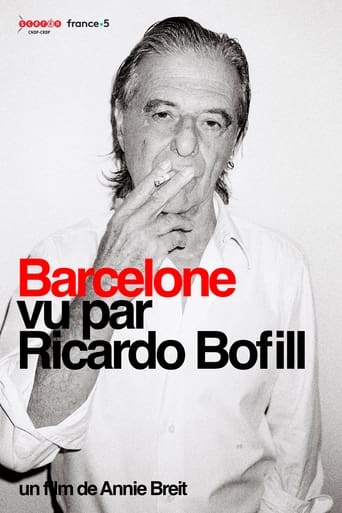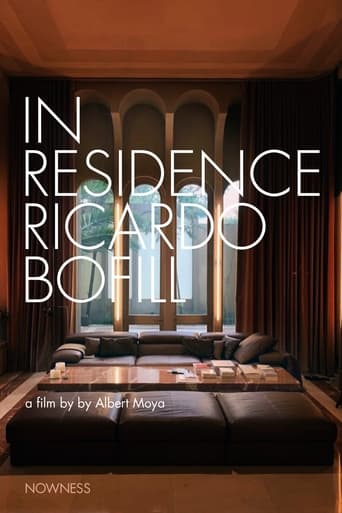Esquizo 1970
Esquizo takes place in a psychiatric hospital. A mental patient (Serena Vergano) is escorted into an operating room, where electrodes are attached to her scalp. The doctors dissect his brain and we enter the brain with a loud, jarring cry. In this space detached from reality, a group of actors perform elaborate interpretive dances. They jump, land on top of each other, place their hands on their bodies and form various shapes.


